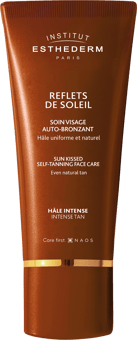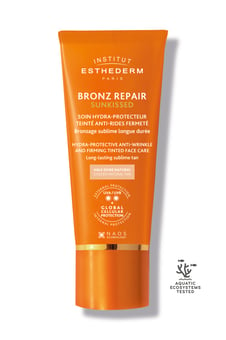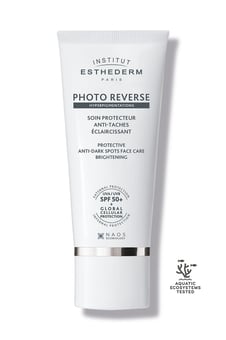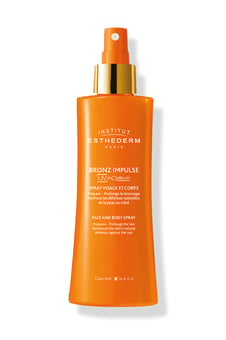Qu’est-ce que c’est ?
Peptide.
À quoi ça sert ?
Part of Cellular Water Technology.
Naos has designed a perfectly defined water that respects the 3 fundamental criteria of physiological fluids: pH, resistance to oxidation and concentration of mineral salts.
It optimises cellular function and preserves the balance of healthy skin.
Comment l’obtient-ton ?
Component naturally found in the skin, obtained by synthesis.
To select an ingredient, NAOS can call on synthesis in order to:
- reconstitute a natural molecule without having to extract it from a plant and thus better respect biodiversity,
- obtain a pure, perfectly defined ingredient.














